Home>Furniture & Design>Interior Design Trends>How To Pour A Glass Of Wine
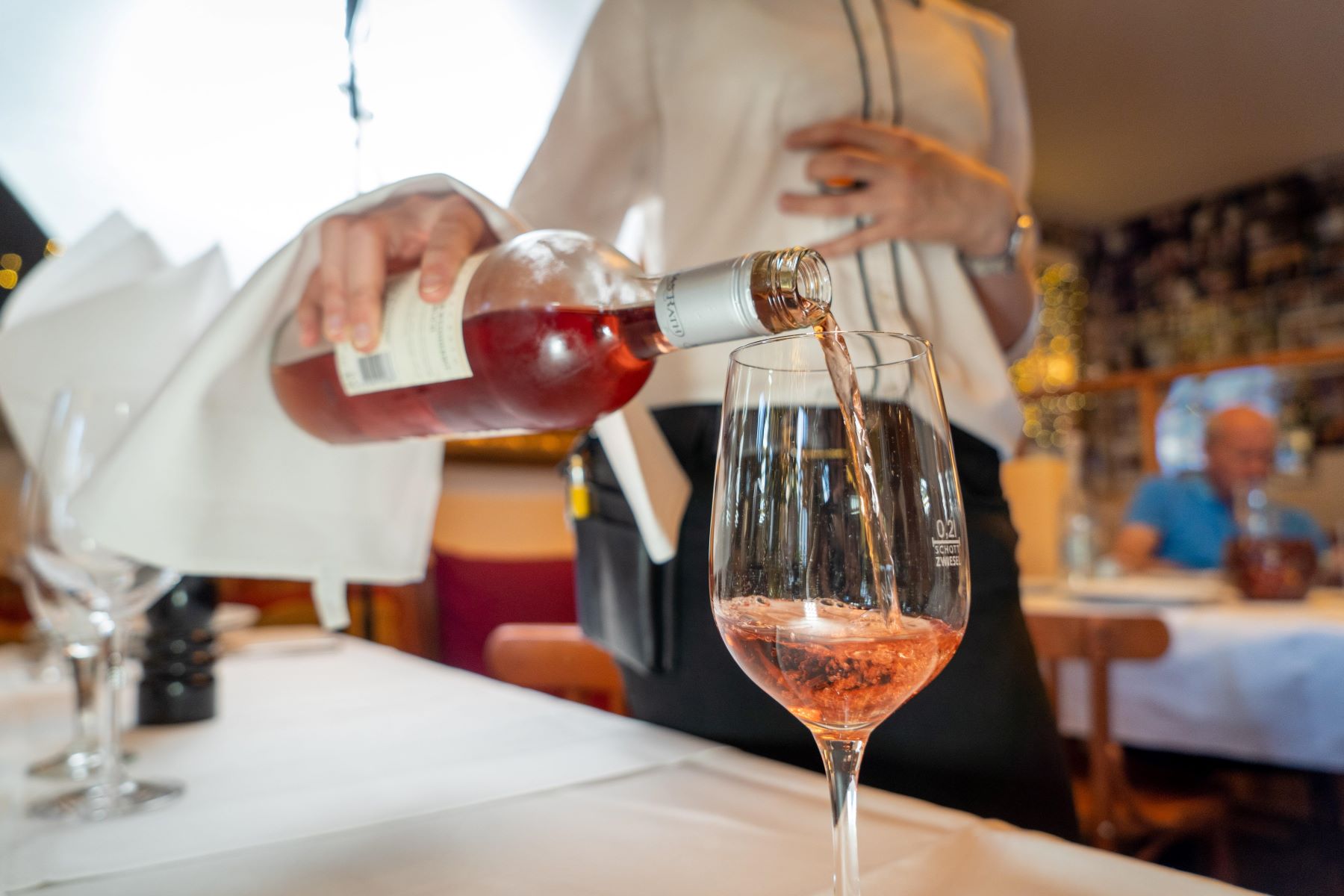

Interior Design Trends
How To Pour A Glass Of Wine
Modified: February 18, 2024
Discover the latest interior design trends and learn how to pour a glass of wine with our expert tips. Elevate your space and your wine experience today!
(Many of the links in this article redirect to a specific reviewed product. Your purchase of these products through affiliate links helps to generate commission for Storables.com, at no extra cost. Learn more)
Introduction
Pouring a glass of wine is an art form that has been perfected over centuries, transcending mere beverage consumption to become a ritual steeped in tradition and elegance. Whether you are a seasoned sommelier or a casual wine enthusiast, the act of pouring wine is a sensory experience that engages sight, smell, and taste. From selecting the perfect bottle to choosing the right glassware and executing the pour with finesse, each step contributes to the overall enjoyment of this timeless libation.
In this comprehensive guide, we will delve into the intricacies of pouring a glass of wine, exploring the nuances that elevate this simple act to a sophisticated affair. Whether you are preparing for a formal dinner party or simply unwinding after a long day, mastering the art of pouring wine will enhance your appreciation for this timeless beverage. So, let's embark on this journey and uncover the secrets to pouring the perfect glass of wine.
Key Takeaways:
- Choosing the right wine involves considering the occasion, food pairing, and personal preferences. It’s about enhancing the moment and enjoying the perfect bottle that resonates with your taste buds.
- Pouring wine is an art that requires precision and grace. It’s about preserving the wine’s aromas and flavors, setting the stage for a sensory journey that enriches the moment.
Read more: How Much Wine To Pour In A Glass
Choosing the Right Wine
Selecting the right wine is a pivotal step in the process of pouring a glass. The type of wine you choose can significantly impact the overall experience, as different varietals offer distinct flavors, aromas, and characteristics. When choosing a wine, it's essential to consider the occasion, the accompanying cuisine, and personal preferences.
Consider the Occasion
The occasion plays a crucial role in determining the type of wine to pour. For formal gatherings or celebratory events, a bottle of fine champagne or a sophisticated vintage wine can set the tone for an elegant affair. On the other hand, casual get-togethers or relaxed evenings may call for a more approachable and easy-drinking wine, such as a light-bodied Pinot Noir or a refreshing Sauvignon Blanc.
Pairing with Cuisine
Pairing wine with food can elevate the dining experience, creating harmonious flavor combinations that tantalize the palate. When selecting a wine to accompany a meal, consider the flavors and ingredients of the dish. For example, a robust Cabernet Sauvignon complements the richness of a grilled steak, while a crisp Chardonnay enhances the flavors of seafood and creamy pasta dishes. Understanding the principles of food and wine pairing can guide you in choosing the perfect bottle to enhance the culinary experience.
Personal Preferences
Ultimately, personal preferences play a significant role in choosing the right wine. Whether you have a penchant for bold, full-bodied reds or prefer the crisp acidity of white wines, understanding your own taste preferences is essential. Exploring different wine varietals and styles can help you discover new favorites and expand your palate, allowing you to select wines that resonate with your individual tastes.
In essence, choosing the right wine involves a thoughtful consideration of the occasion, the culinary pairing, and personal preferences. By taking these factors into account, you can ensure that the wine you pour not only complements the moment but also enhances the overall enjoyment of the experience.
Read more: How To Pour A Shot Without A Shot Glass
Selecting the Proper Glassware
The significance of selecting the proper glassware for serving wine cannot be overstated. The shape and design of the glass can profoundly influence the aroma, flavor, and overall drinking experience. When choosing glassware for wine, it's essential to consider the type of wine being served, as different varietals benefit from specific glass shapes that enhance their unique characteristics.
Consider the Wine Varietal
Each wine varietal has its own set of characteristics, including aroma, flavor profile, and mouthfeel. As a result, the shape of the glass can either accentuate or diminish these attributes. For example, a larger, wider bowl is ideal for bold red wines like Cabernet Sauvignon or Syrah, allowing the wine to aerate and develop its complex aromas. Conversely, white wines, such as Chardonnay or Sauvignon Blanc, are best served in glasses with a narrower bowl to preserve their delicate aromatics and maintain a cooler temperature.
Understanding the Impact of Glass Shape
The shape of the glassware plays a crucial role in directing the flow of aromas to the nose and positioning the wine on the palate. For sparkling wines and champagne, flutes with elongated, narrow bowls are preferred to showcase the effervescence and capture the aromatic nuances. Meanwhile, the tulip-shaped design of a Pinot Noir glass directs the wine to the tip of the tongue, accentuating its fruit-forward characteristics, while a Bordeaux glass with a taller bowl allows the complex aromas of a rich red wine to unfold gradually.
Quality and Craftsmanship
In addition to shape, the quality and craftsmanship of the glassware can significantly impact the overall drinking experience. Fine, thin glass enhances the tactile sensation and allows for a seamless flow of wine onto the palate. Moreover, the transparency and clarity of the glass enable the visual appreciation of the wine's color and clarity, adding to the aesthetic pleasure of the serving experience.
Read more: Which Wine Glass For Which Wine
Tailoring the Experience
Ultimately, selecting the proper glassware is about tailoring the wine-drinking experience to optimize the sensory enjoyment. By choosing glassware that complements the specific characteristics of the wine, you can elevate the tasting experience, allowing the nuances of the wine to shine through and delight the senses.
In essence, the art of selecting the proper glassware for serving wine involves a thoughtful consideration of the wine varietal, the impact of glass shape, and the quality of craftsmanship. By understanding the symbiotic relationship between wine and glassware, you can enhance the sensory experience and fully appreciate the complexities of the wine being poured.
Opening the Bottle
Opening a bottle of wine is a ceremonial act that sets the stage for the enjoyment that follows. It requires finesse, precision, and a touch of flair to ensure that the wine is liberated from its confines without compromising its integrity. The process of uncorking a bottle is a time-honored tradition that adds an element of anticipation and excitement to the wine-pouring ritual.
The first step in opening a bottle of wine is to remove the foil or capsule that covers the cork. This can be done by using a foil cutter or a sharp knife to carefully cut and peel away the top of the foil, exposing the cork underneath. It's essential to exercise caution during this step to avoid any mishaps that could potentially affect the wine.
Once the foil has been removed, the next task is to extract the cork from the bottle. This is typically achieved using a corkscrew, which is inserted into the center of the cork. As the corkscrew is twisted into the cork, it's important to maintain a steady hand and apply gentle pressure to ensure that the cork is extracted smoothly and without breakage.
As the corkscrew reaches the end of the cork, a slight upward tug should release the cork from the bottle with a satisfying pop, signaling the successful liberation of the wine. It's important to note that the sound of the cork being released is not an indicator of the wine's quality; rather, it adds a touch of theatricality to the experience.
Once the cork has been removed, it's advisable to inspect it for any signs of damage or deterioration, as a compromised cork can affect the quality of the wine. Additionally, examining the cork allows for a brief assessment of the wine's condition, providing insights into its aging and storage.
In essence, opening a bottle of wine is a ceremonial act that requires precision, care, and a touch of showmanship. By mastering the art of uncorking, you can set the stage for the enjoyment that follows, ensuring that the wine is liberated from its confines with grace and finesse.
Pouring the Wine
Pouring the wine is the culminating act that brings the entire experience together, transforming the contents of the bottle into a sensory delight. The process of pouring wine involves a delicate balance of technique and finesse, allowing the wine to flow gracefully into the glass while preserving its aromas and flavors.
To begin, hold the bottle of wine by the base or the punt, ensuring a secure grip that provides stability and control. Position the glassware at a slight angle, allowing the wine to cascade gently down the side of the glass. This technique minimizes the agitation of the wine, preserving its delicate characteristics and preventing excessive aeration.
As the wine flows into the glass, aim to fill it to the widest point of the bowl for red wines or around two-thirds full for white wines. This allows ample space for swirling and aerating the wine, releasing its aromas and enhancing the overall tasting experience. Additionally, the visual presentation of the wine as it fills the glass adds to the aesthetic appeal, setting the stage for the sensory journey that awaits.
While pouring, it's essential to maintain a steady and controlled stream, avoiding sudden movements or aggressive pouring that could disrupt the wine's natural progression. By pouring with a gentle, consistent motion, you can ensure that the wine is distributed evenly in the glass, creating a harmonious presentation that invites anticipation.
For sparkling wines and champagne, a different approach is required to preserve the effervescence and capture the lively bubbles. Hold the glass upright and pour the wine in a slow, deliberate manner, allowing the bubbles to rise gradually to the surface. This method maintains the wine's carbonation and effervescence, enhancing its visual allure and effervescent charm.
In essence, pouring the wine is a refined art that demands precision, grace, and a deep appreciation for the sensory experience it encapsulates. By mastering the technique of pouring, you can elevate the act of serving wine into a captivating display that sets the stage for the enjoyment that follows.
Serving and Enjoying
Serving and enjoying wine is the culmination of a carefully orchestrated journey, where every step, from selection to pouring, converges to create a sensory experience that transcends mere consumption. As the wine is presented and savored, it becomes a focal point of conviviality, conversation, and appreciation, enriching the moment with its rich tapestry of flavors, aromas, and history.
Once the wine has been poured, it is essential to take a moment to appreciate its visual allure. Observing the wine's color, clarity, and viscosity can provide valuable insights into its age, varietal characteristics, and overall quality. For red wines, the hues range from vibrant ruby to deep garnet, offering a glimpse into the wine's maturity and depth. In contrast, white wines exhibit a spectrum of colors, from pale straw to golden amber, hinting at their age and potential flavor profiles. The visual presentation of the wine sets the stage for the sensory journey that follows, inviting anticipation and intrigue.
Before taking the first sip, it is customary to engage in the ritual of swirling the wine in the glass. This gentle motion allows the wine to aerate, releasing its bouquet of aromas and intensifying its expressive nature. As the aromas waft from the glass, they offer a preview of the wine's character, inviting the senses to delve into a symphony of scents that evoke memories, emotions, and the essence of the terroir.
Upon raising the glass to the nose, the aromas unfold in a delicate dance, revealing layers of fruit, floral, and earthy notes that intertwine to create a captivating olfactory experience. Each inhalation offers a new perspective, unveiling nuances and subtleties that enrich the sensory exploration. The act of savoring the aromas is a prelude to the main event, building anticipation and setting the stage for the first sip.
As the wine touches the lips, the palate becomes a canvas upon which the flavors unfurl with grace and complexity. The initial impression gives way to a symphony of taste, where fruit, acidity, tannins, and texture harmonize to create a multi-dimensional experience. Each sip offers a new revelation, inviting contemplation and appreciation of the wine's craftsmanship and artistry.
In the company of good conversation and shared moments, the act of serving and enjoying wine becomes a celebration of life's simple pleasures. It transcends the boundaries of time and place, weaving a tapestry of memories and connections that endure long after the final drop has been savored. Ultimately, serving and enjoying wine is a timeless ritual that enriches the human experience, inviting us to pause, savor, and revel in the beauty of the moment.
Frequently Asked Questions about How To Pour A Glass Of Wine
Was this page helpful?
At Storables.com, we guarantee accurate and reliable information. Our content, validated by Expert Board Contributors, is crafted following stringent Editorial Policies. We're committed to providing you with well-researched, expert-backed insights for all your informational needs.
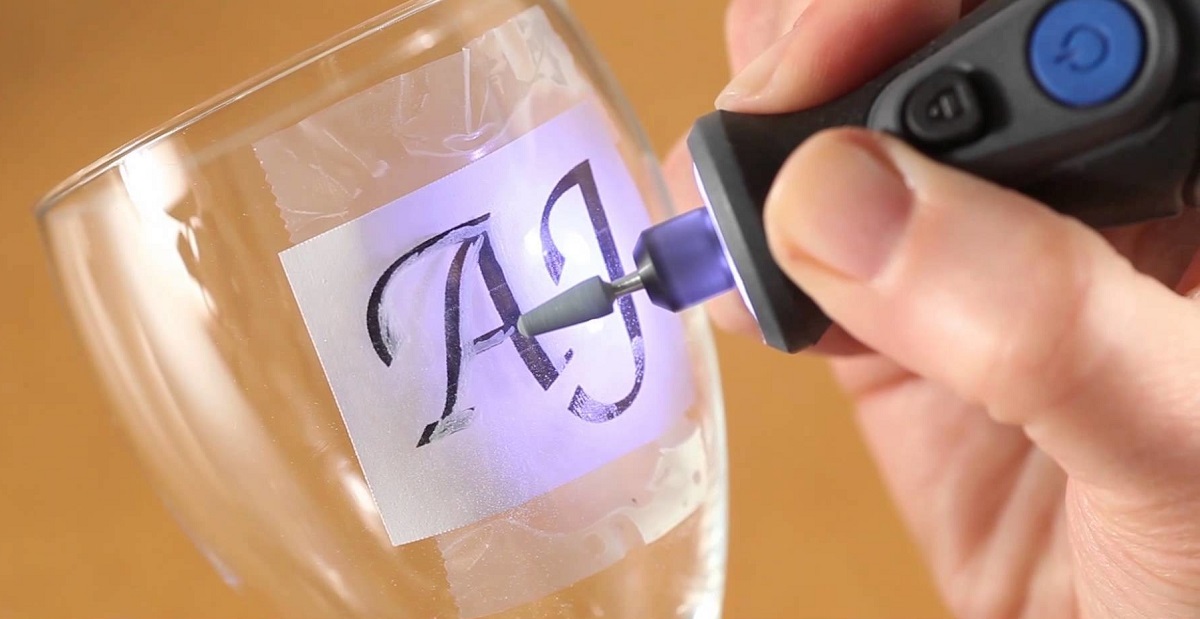
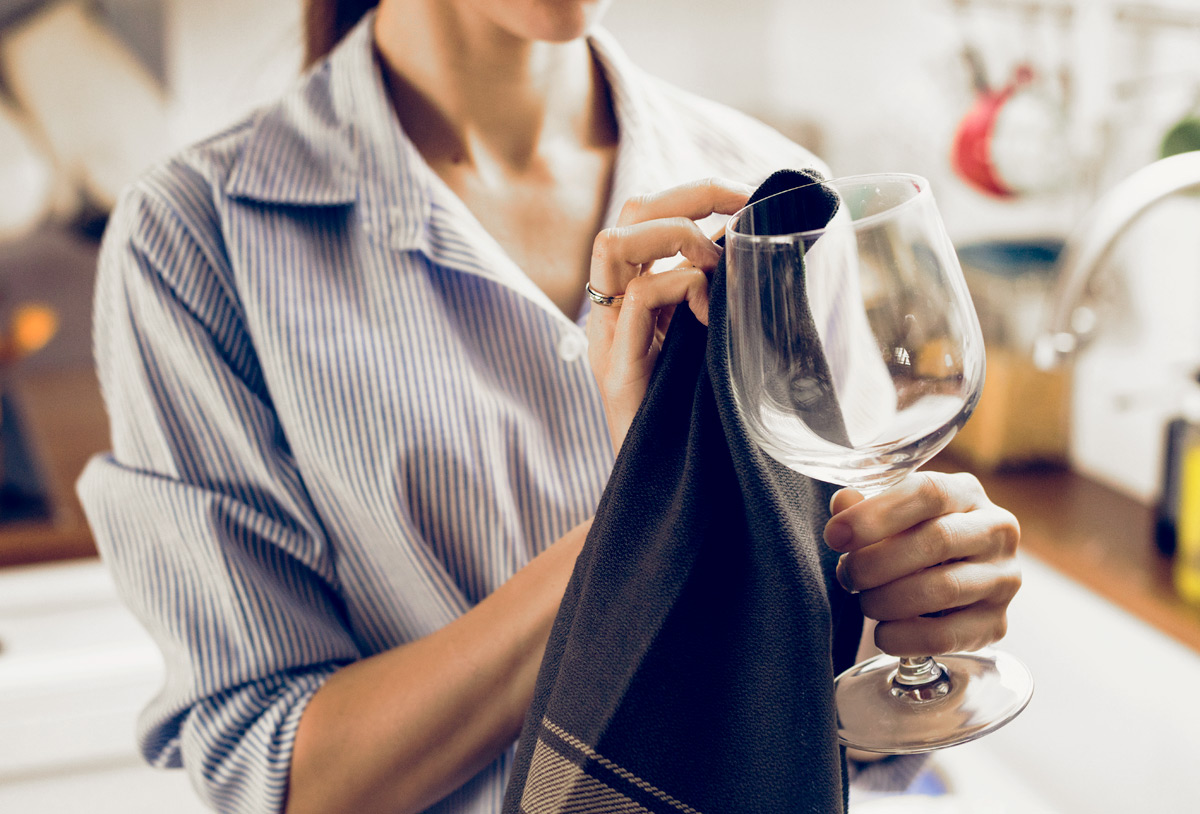
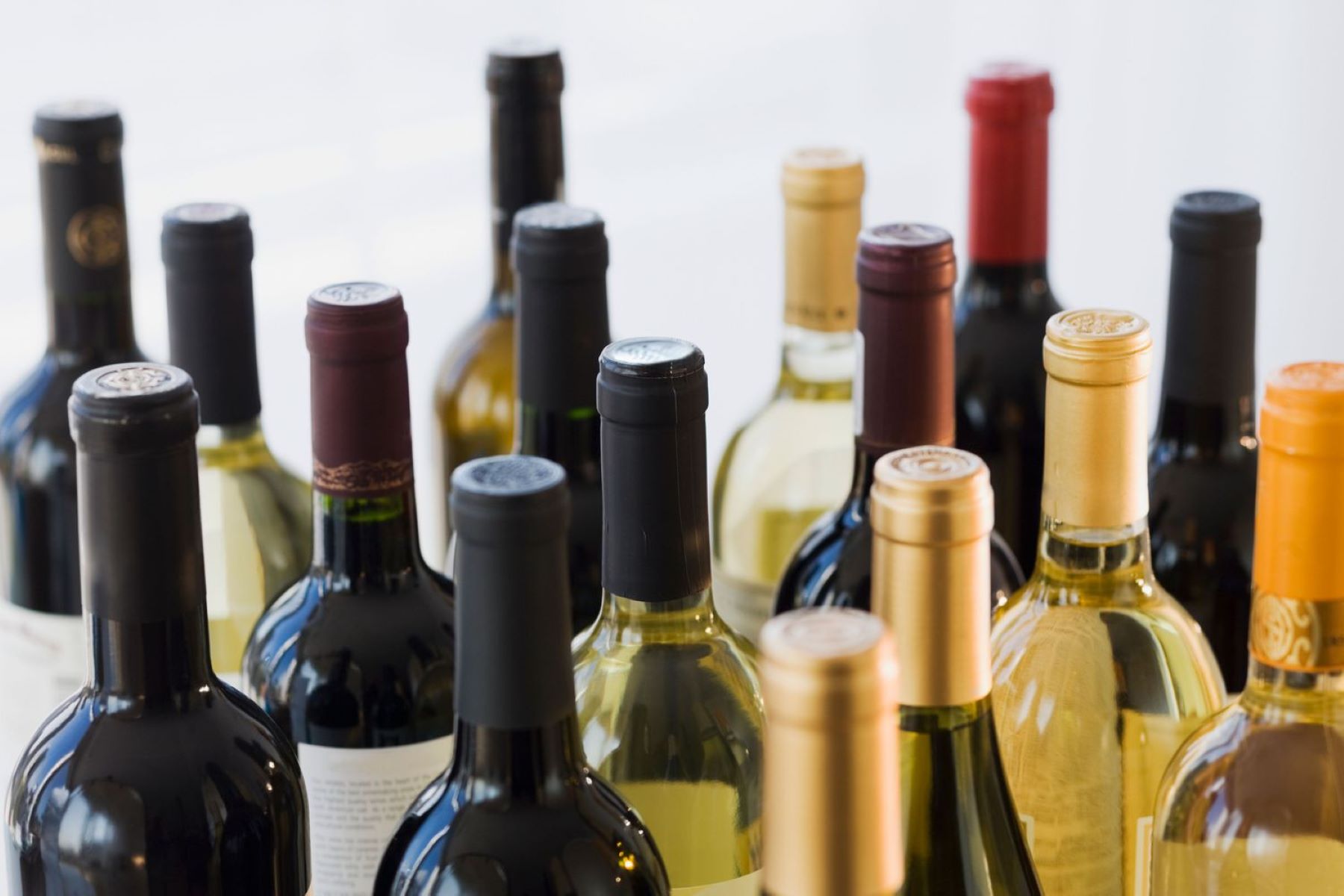
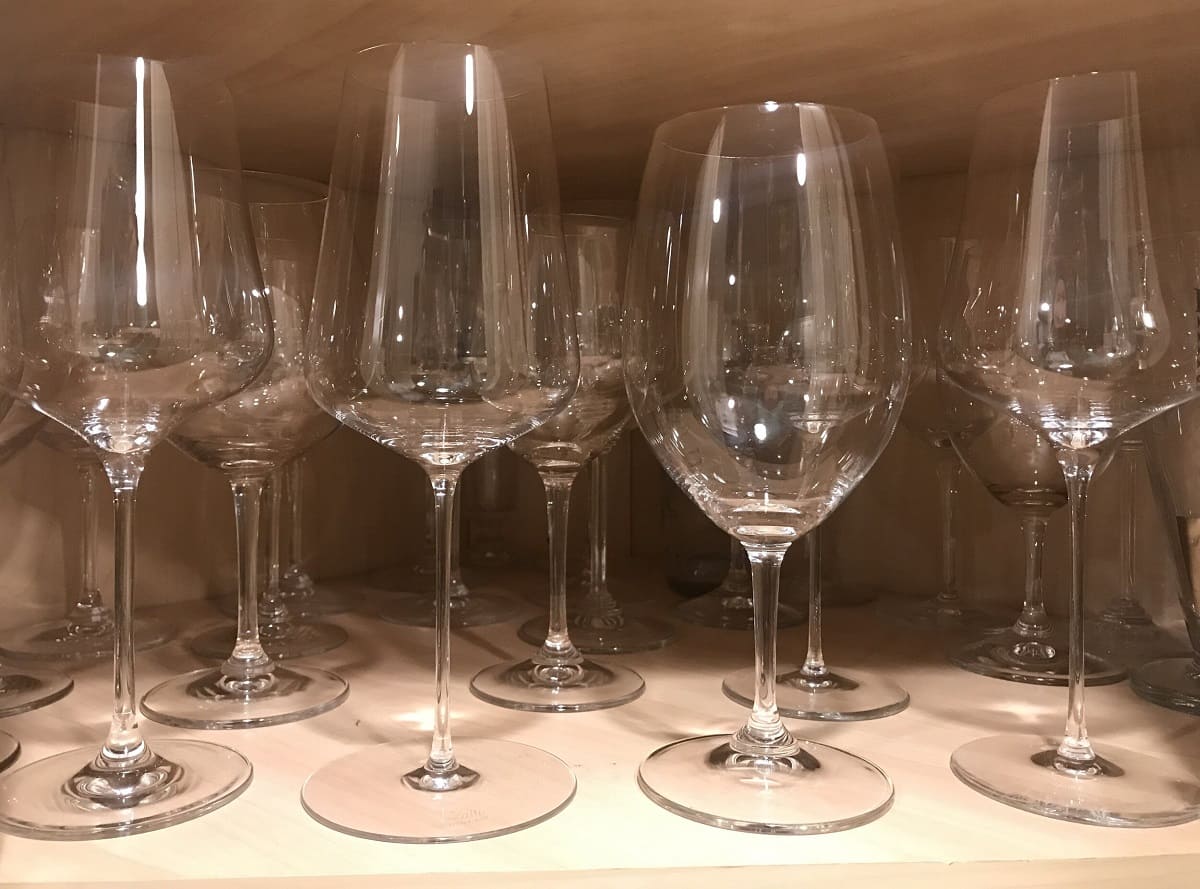

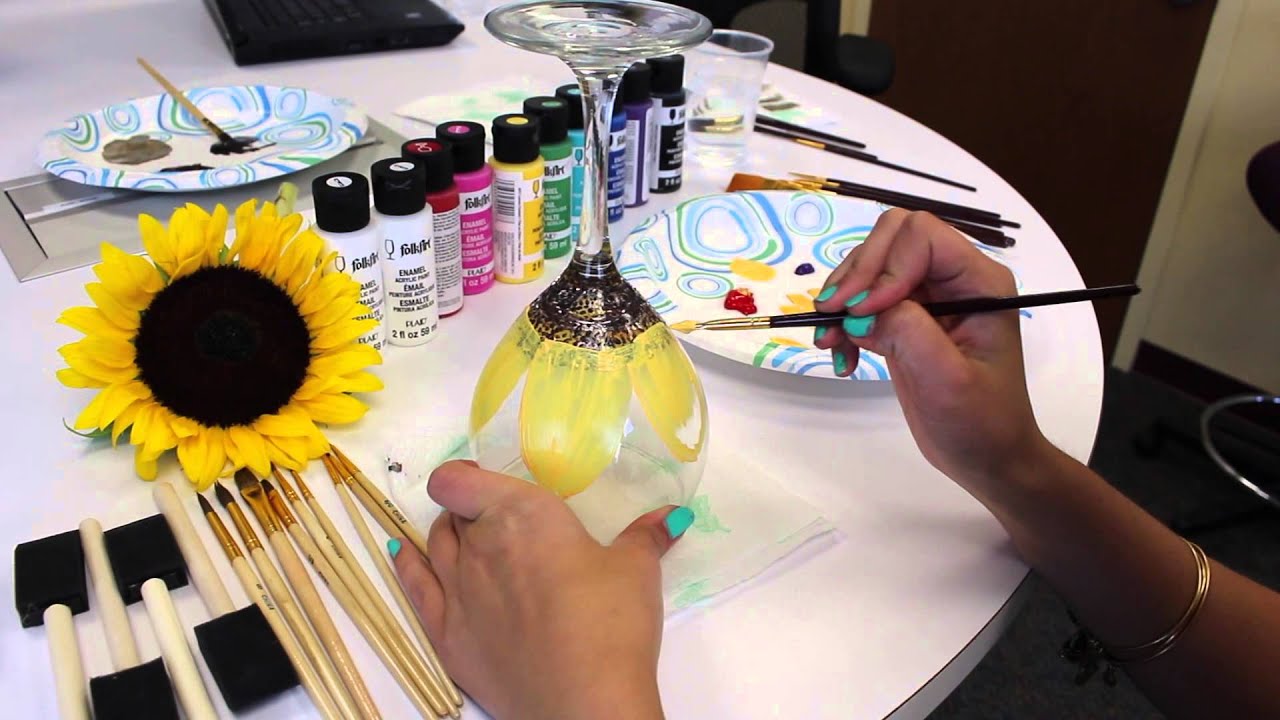
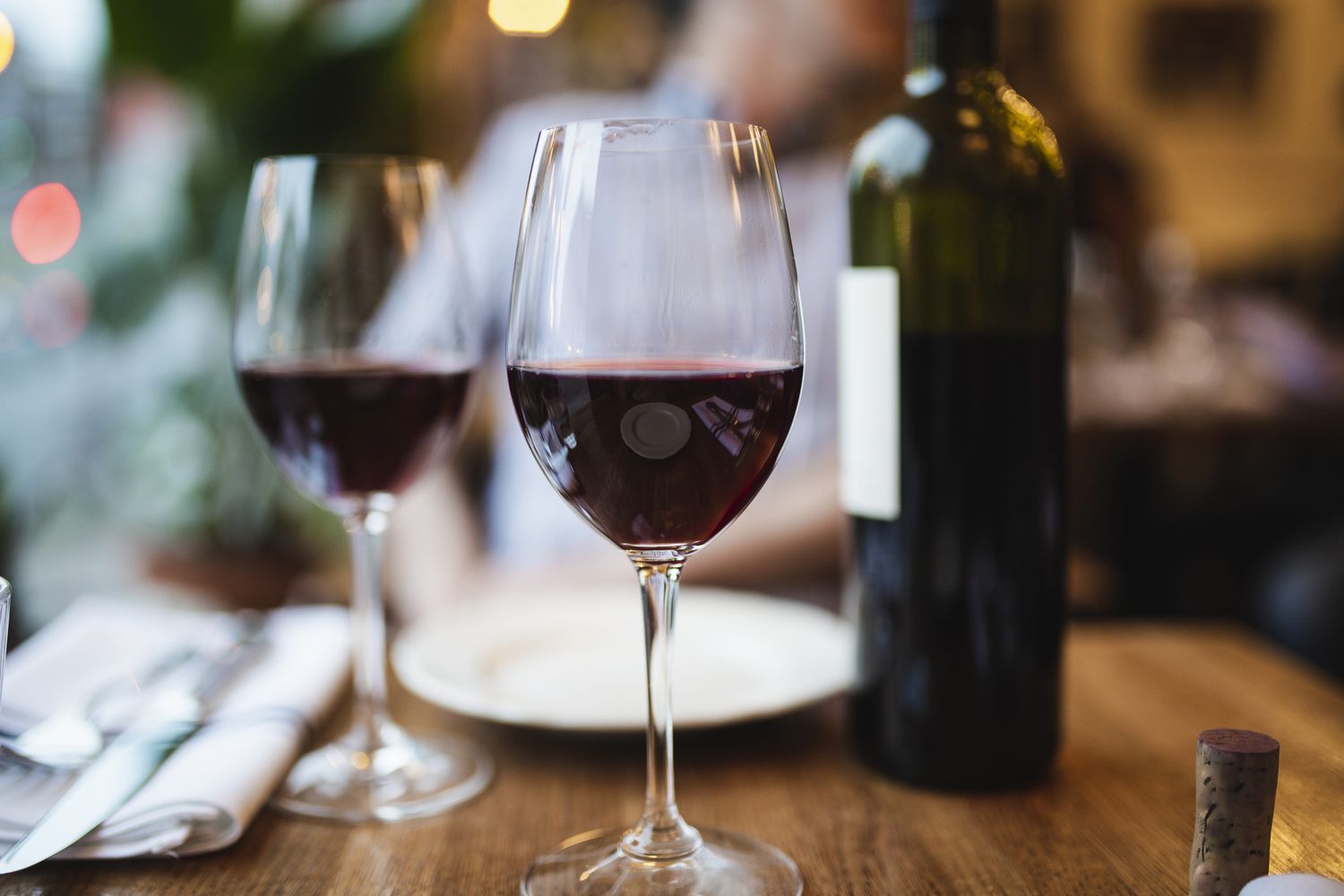
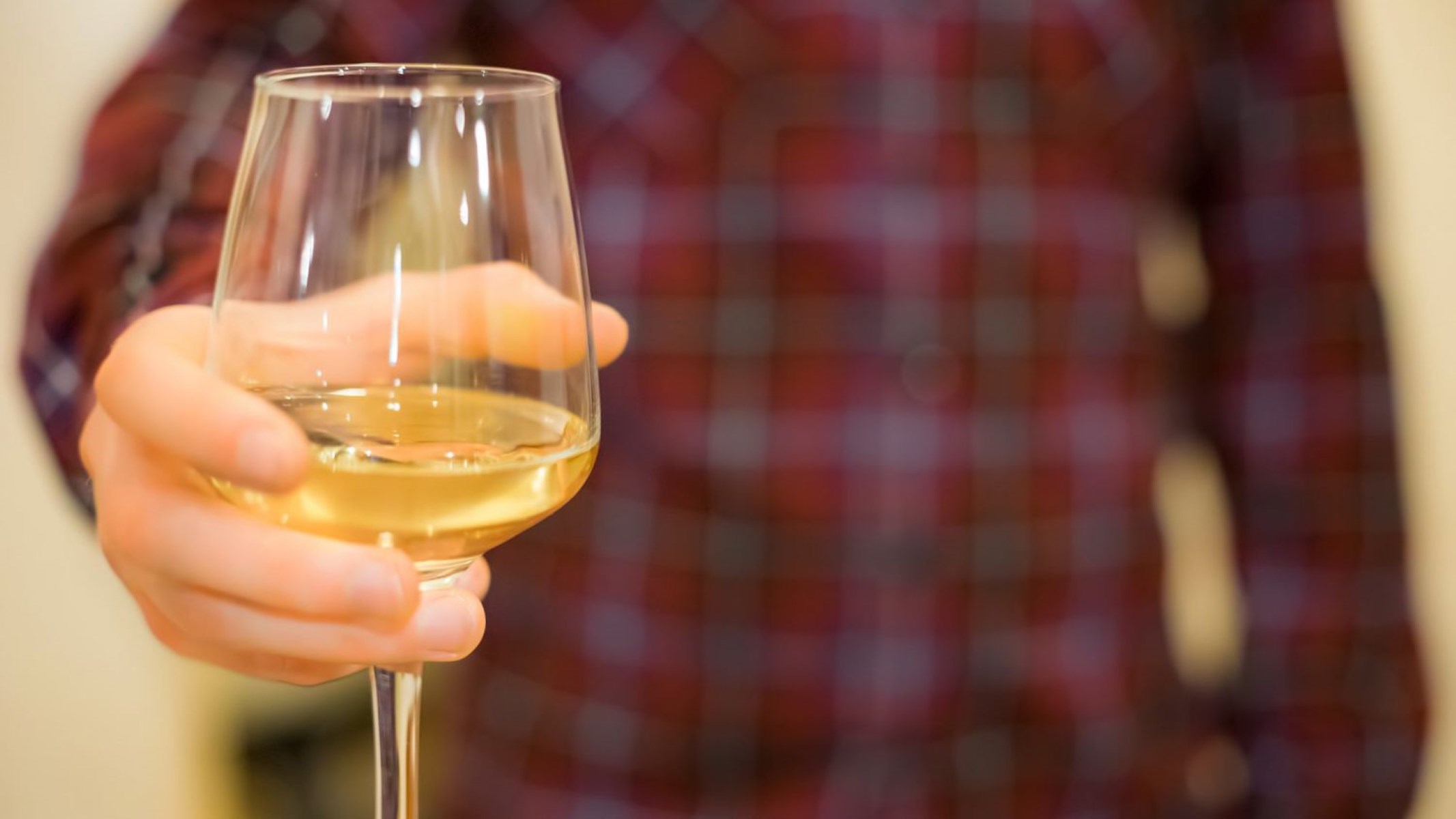
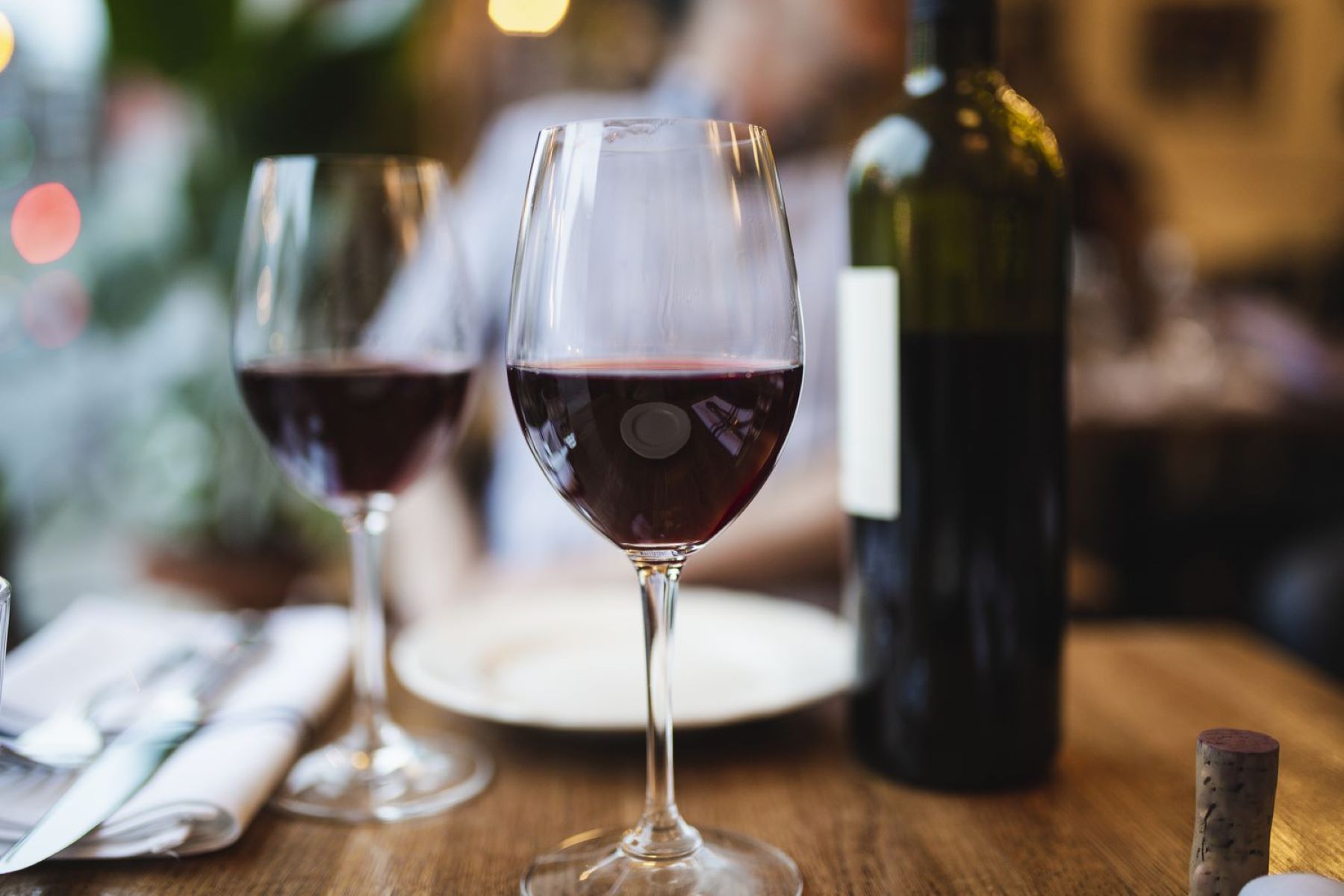
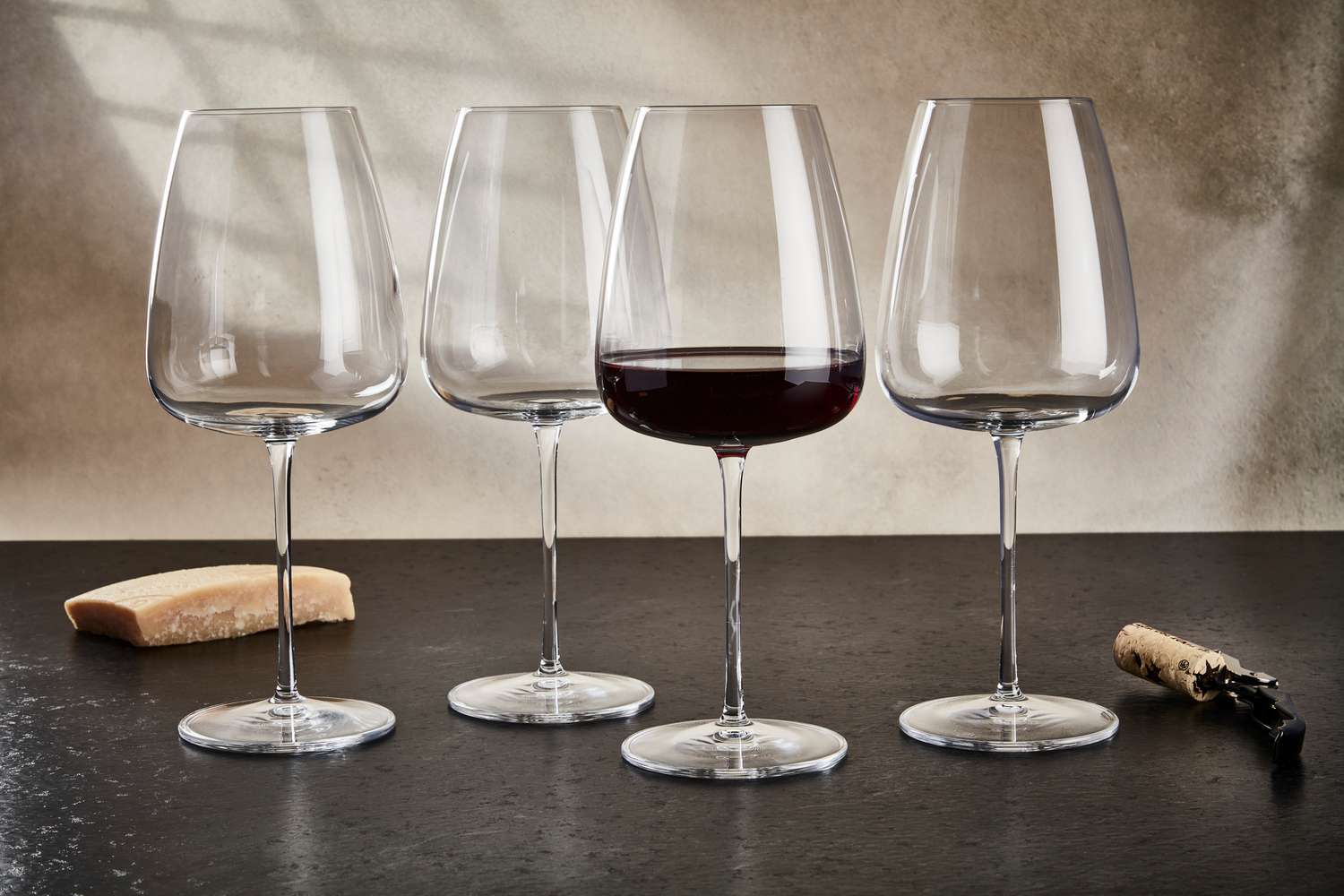
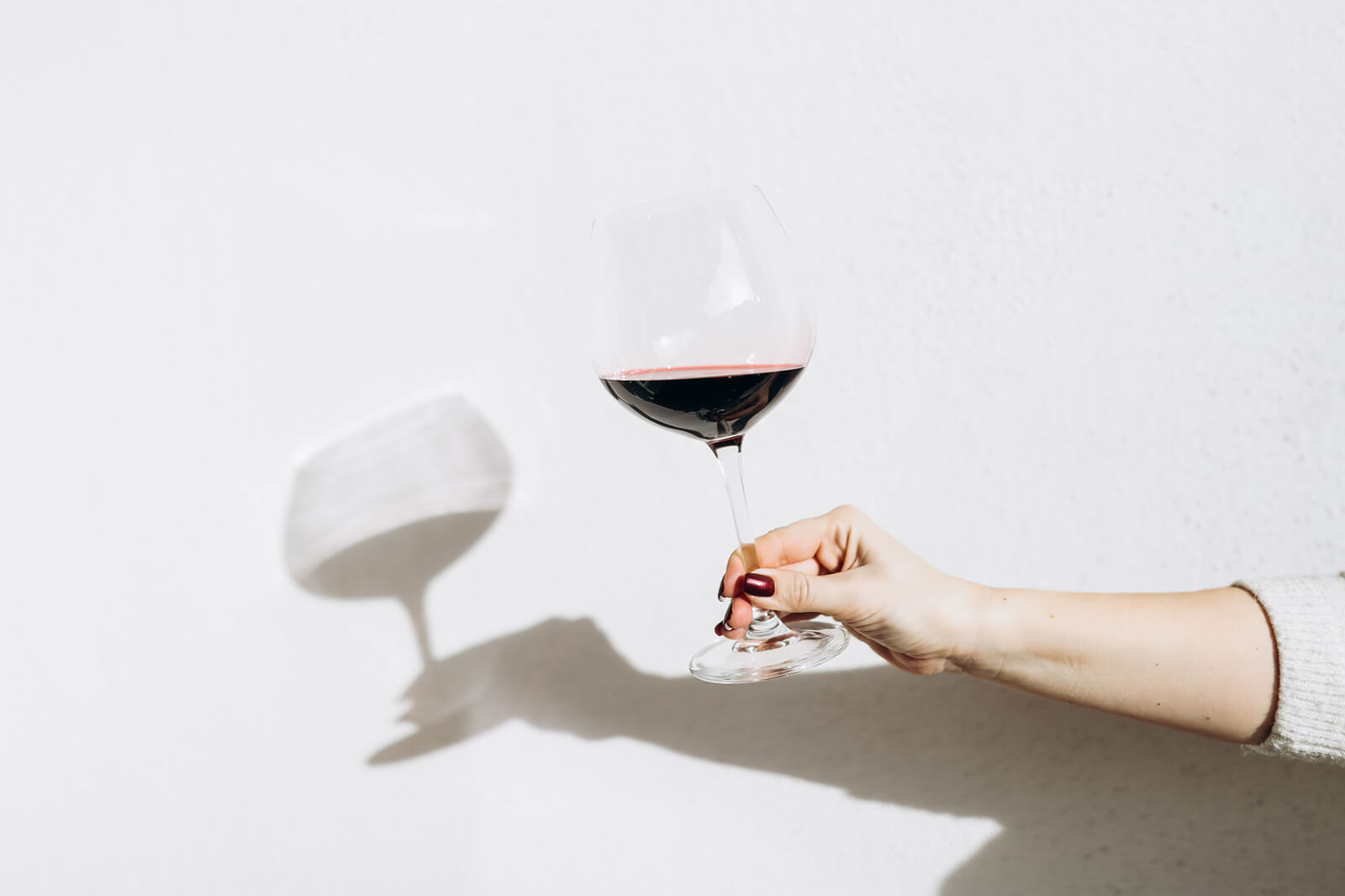
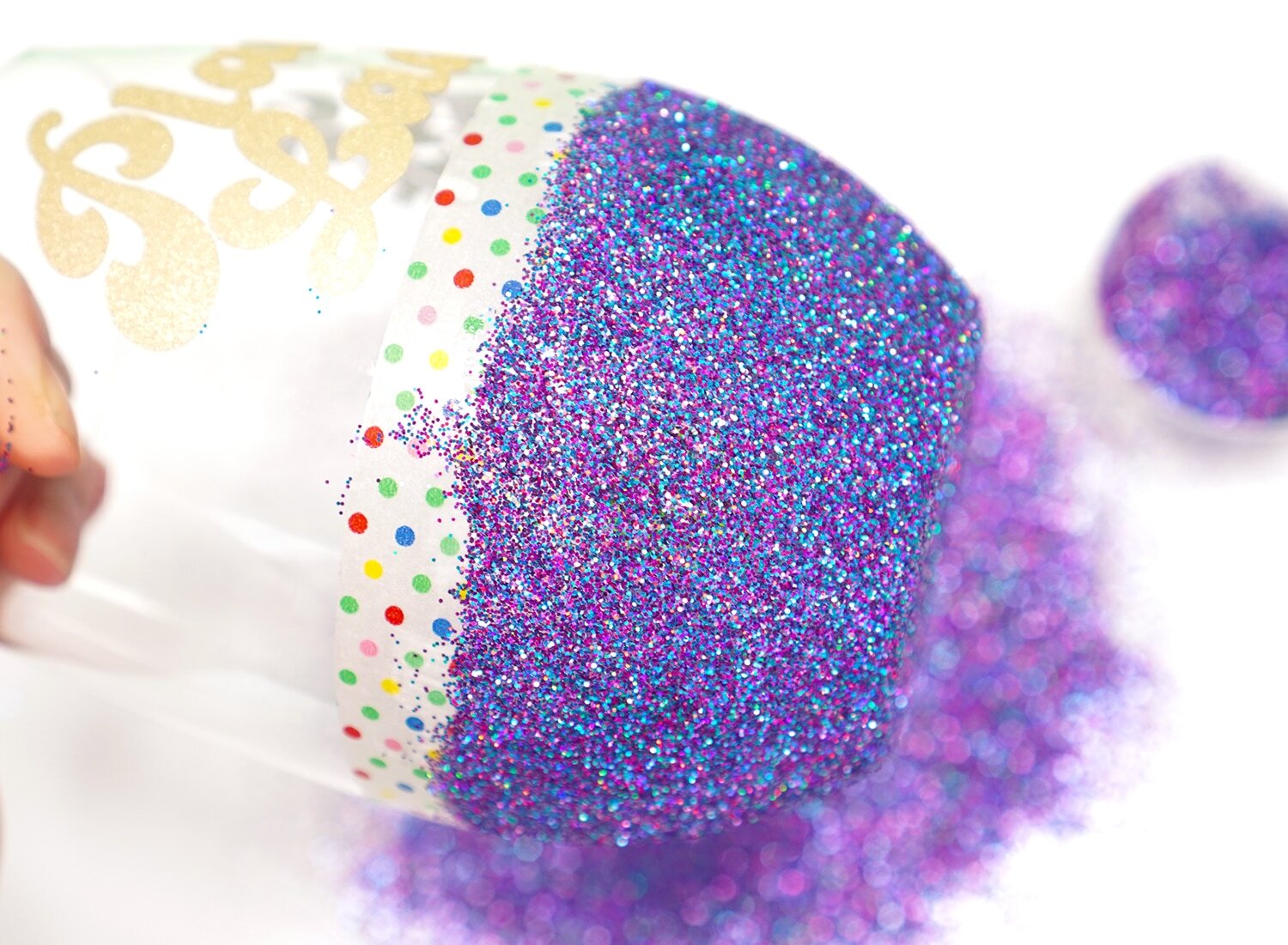
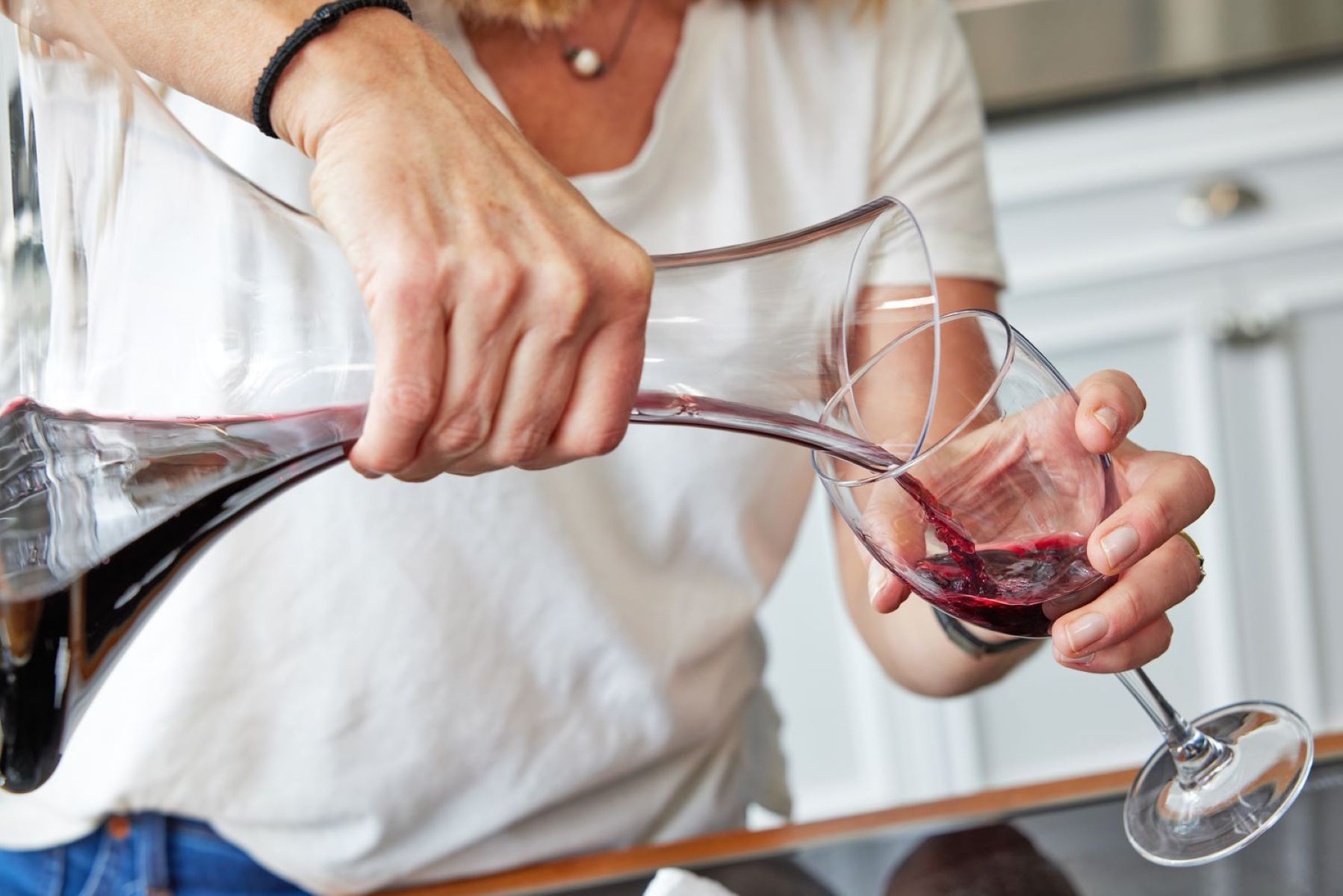

0 thoughts on “How To Pour A Glass Of Wine”